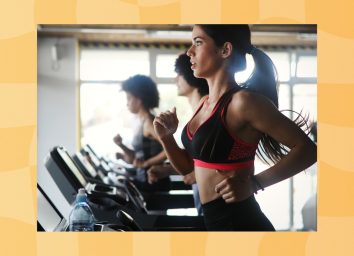5 Core Exercises Trainers Swear By for a Stronger Midsection
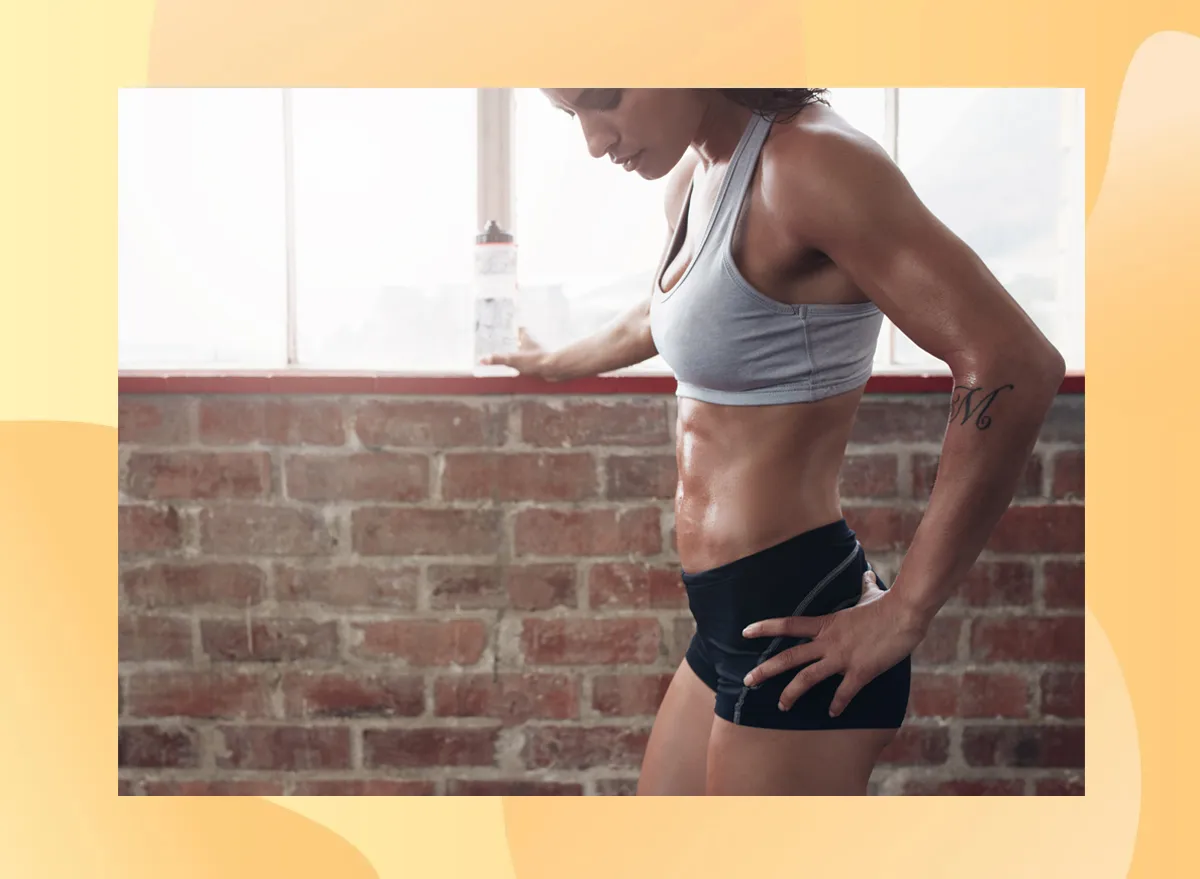
Are you trying to tone your tummy? While many people think the key to a stronger midsection is doing endless situps and crunches, this isn't the case, according to most personal trainers. Lia Bartha, a certified Pilates instructor and creator of B The Method, the popular low-impact, full-body home workout program for all levels, gave us the rundown on the five best core exercises to tone your midsections that require no crunching.
Quadruped Knee Lifts
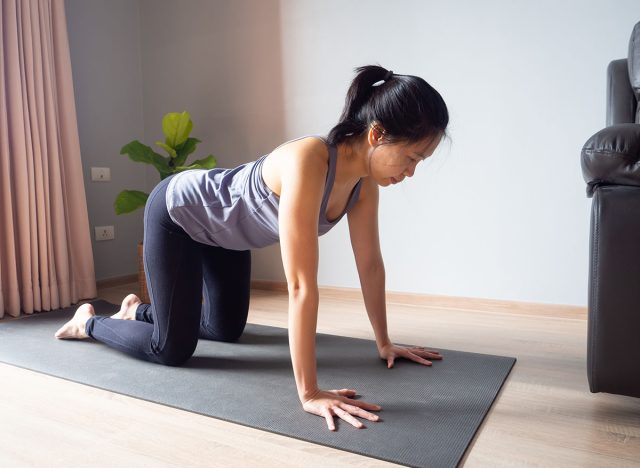
Position: "Place your hands underneath your shoulders and knees underneath your hips. Spine is in a neutral position from your head to tailbone. For deeper strength and challenge, place a small stability ball between your knees to engage the adductors and pelvic floor. Slowly lift the knees a few inches off the floor and lower to tap the floor. 10x," she says.
Reason: "Your transverse abdominis muscle acts like a corset when lifting the knees to protect and support the body and spine. The ball placement helps engage the pelvic floor, which will help you connect to the deepest layers of abdominal muscle. The deep core muscles are responsible for strength, support, and functionality of the midsection," she says.
Ball Behind the Shoulder Blades
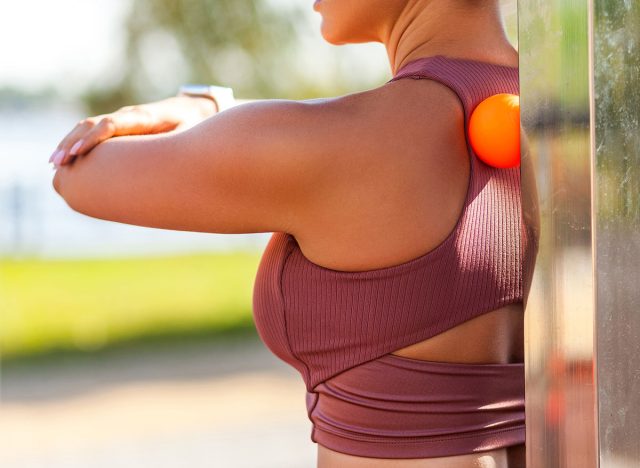
Position: "Place a small stability ball behind your shoulder blades. The exact placement will depend on your strength and midsection mobility. Placing the ball closer to your shoulders will provide more support for the core and limit your range of motion. Placing the ball closer to your navel will make the exercise more challenging. Clasp your hands together and place them behind the nape of your neck. Push your head into the hands to relax your jaw and engage your lats. Knees are bent, feet on the floor, and hip distance apart. Lower your upper body towards the floor, and then lift with forward flexion. Make sure to keep your pelvis in a neutral position to avoid tucking it upon lift. 10x. Add a rotation to each side for a deep oblique twist. 10x each side," she says.
Reason: "The transverse abdominal muscle supports the midsection, while the obliques and rectus abdominis strengthen with the movement. This exercise builds strength and support of the deepest layers of abdominal muscles," says Bartha.
Toe Taps On a Ball
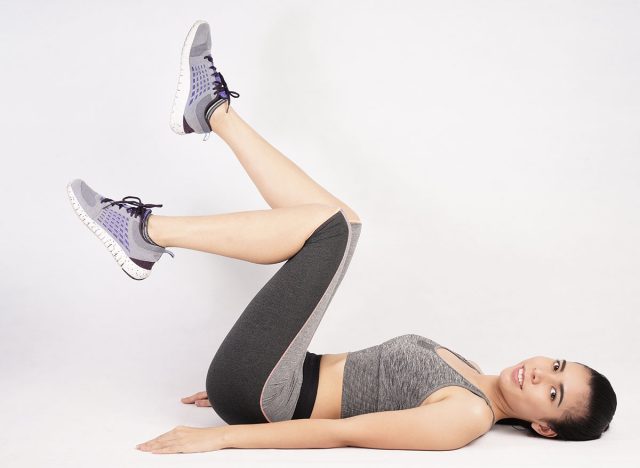
Position: "Place a small stability ball underneath your tailbone, not your lower back. Find a neutral pelvis and bring your legs into a tabletop position. Slowly drop one leg towards the floor and lift back up to tabletop, making sure not to stabilize the trunk of your body so the only movement is in your legs. 10x," she instructs.
Reason: "Your transverse abdominis muscle acts like a corset when dropping the legs to protect and support the body and spine. This exercise will strengthen the obliques, transverse abdominis, pelvic floor, and glutes – all necessary for building a strong midsection," she says.
Twisting Leg Rocks
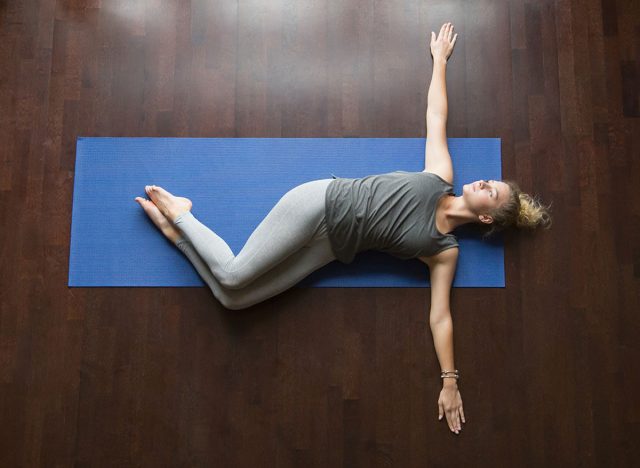
Position: "Lie on the floor in a neutral spine position. Knees are at tabletop, and arms are in a T shape on the floor. Engage the adductor muscles and pelvic floor to keep the legs together. Slowly rock the legs over to one side, lifting the opposing hip, and then bring them back to the center position. Reverse the movement to the other side. Note: Make sure to keep the shoulders and arms on the floor. This movement should only come from the belly button down. 5- 10x each sidem" she suggests.
Reason: "Strengthening the inner and outer obliques in a twisting position will allow for a full range of movement. This helps keep your midsection strong and resilient to movements in life that can cause injury," she explains.
Side Lying Obliques
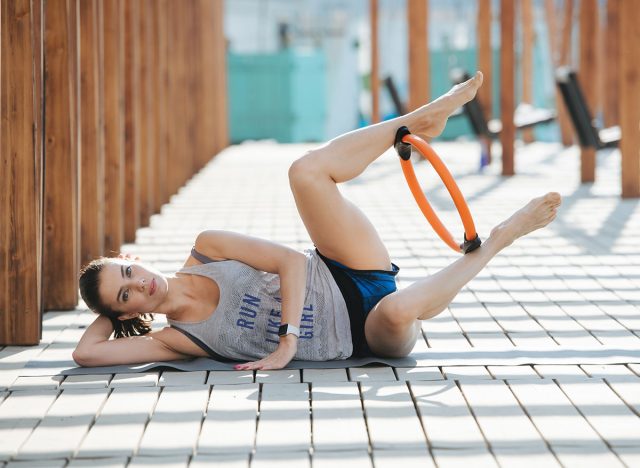
Position: "Lie on your side with the small stability ball underneath your waistline, between your hips and ribs. The bottom arm will prop your head up, and the top arm will be placed on the floor in front of you. The bottom leg is bent for support, and the top leg is extended to align with the rest of the body. Slowly lift yourself up towards the ceiling – only using your top arm for support on the floor. This exercise should come from the core first, arm second. 10x each side," she says.
Reason: Strengthening the midsection through stability and movement.

